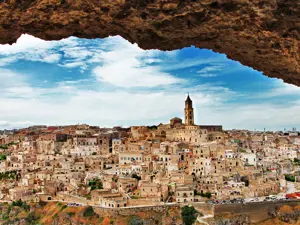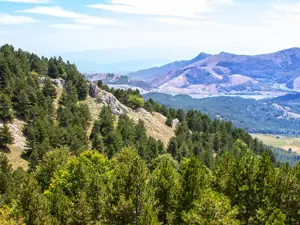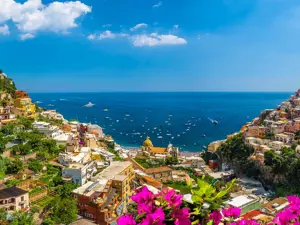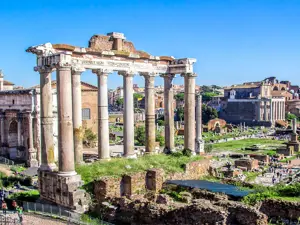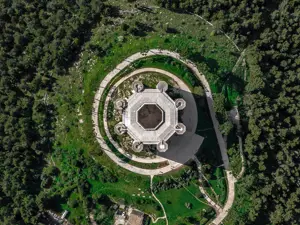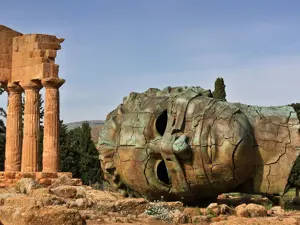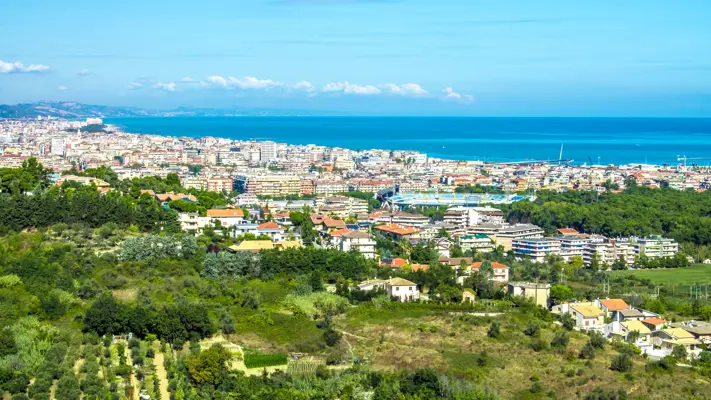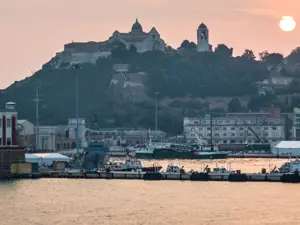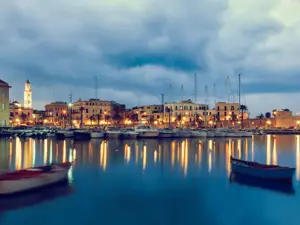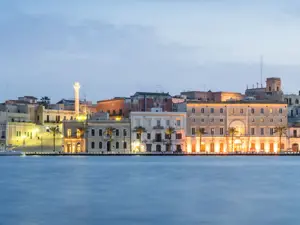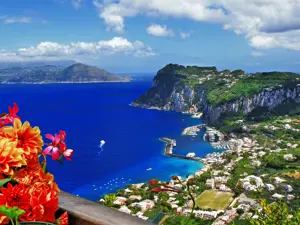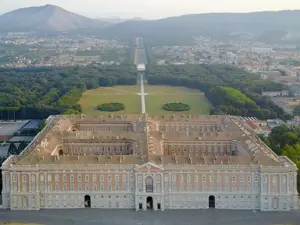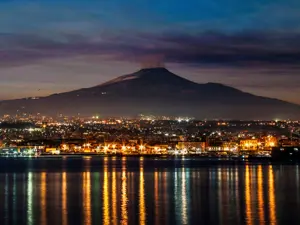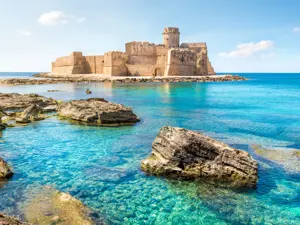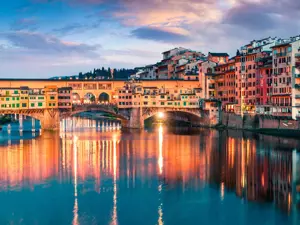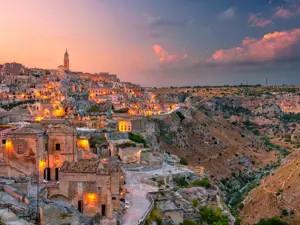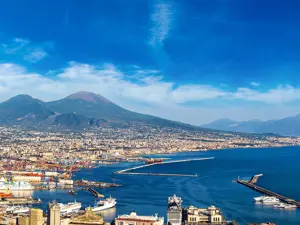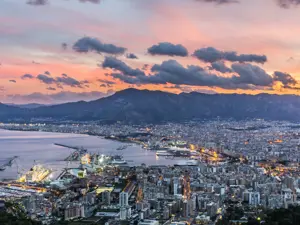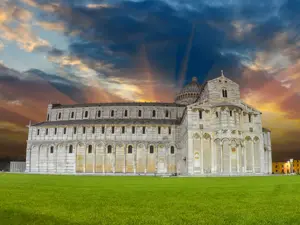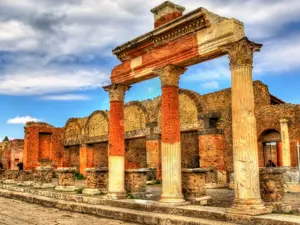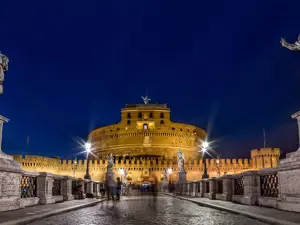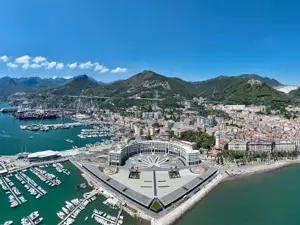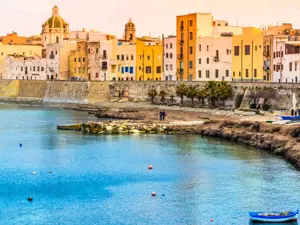Discovering the spectacular Ancient Beech Forests in the Abruzzo National Park. In 2017 they became part of the World Heritage List, the first recognition for the entire Abruzzo region, also the flagship of the beautiful and varied central region of Italy: a green and wild lung established in 1923 to preserve the natural characteristics of the area and save some wild animals from extinction.
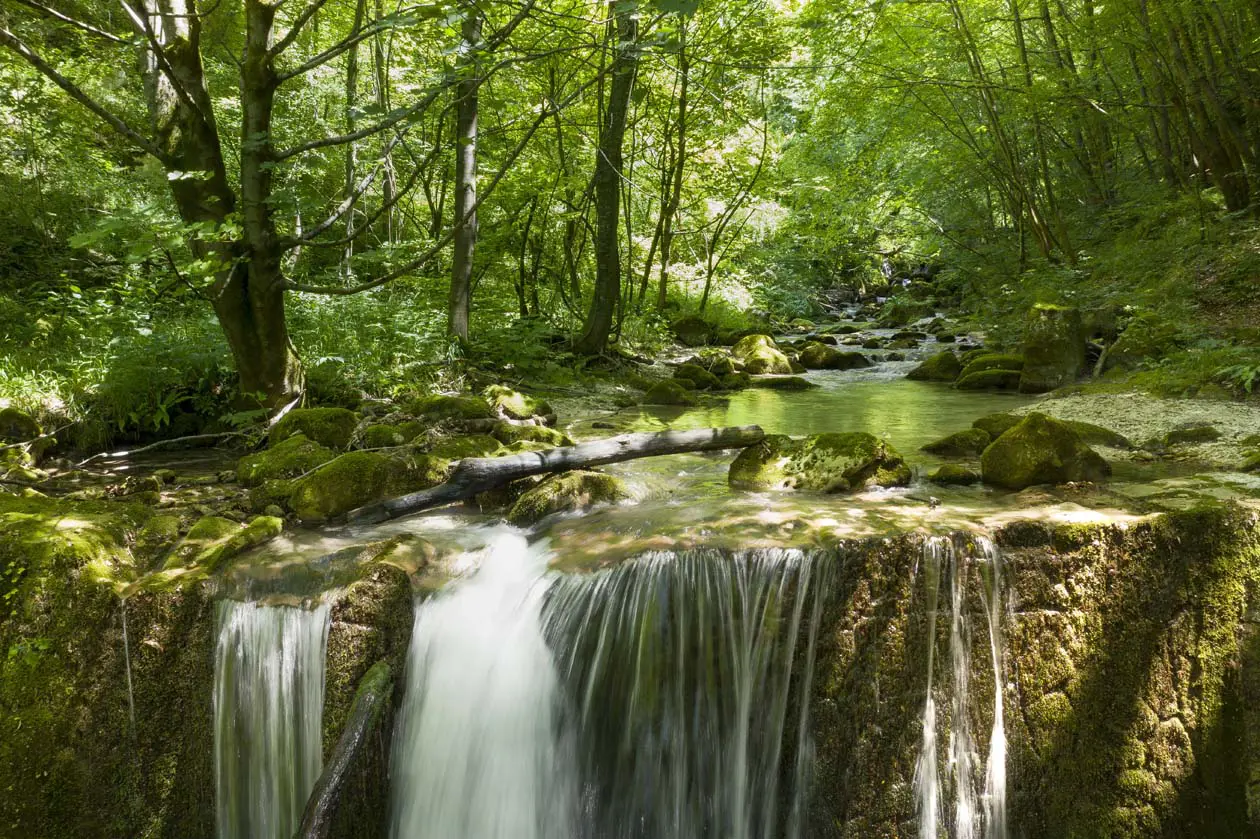
The Italian beech forests included in the transnational site "Ancient primordial beech forests of the Carpathians and other regions of Europe" are found in 18 European countries and also in Italy. In Abruzzo, in the National Park of Abruzzo, Lazio and Molise, beech forest nuclei along the main ridge of the Apennines have been recognized in Villavallelonga (Cervara Valley), Lecce nei Marsi (Moricento), Pescasseroli and Scanno (Coppo del Principe and Coppo del Morto), Opi and Civitella Alfedena (Cacciagrande).
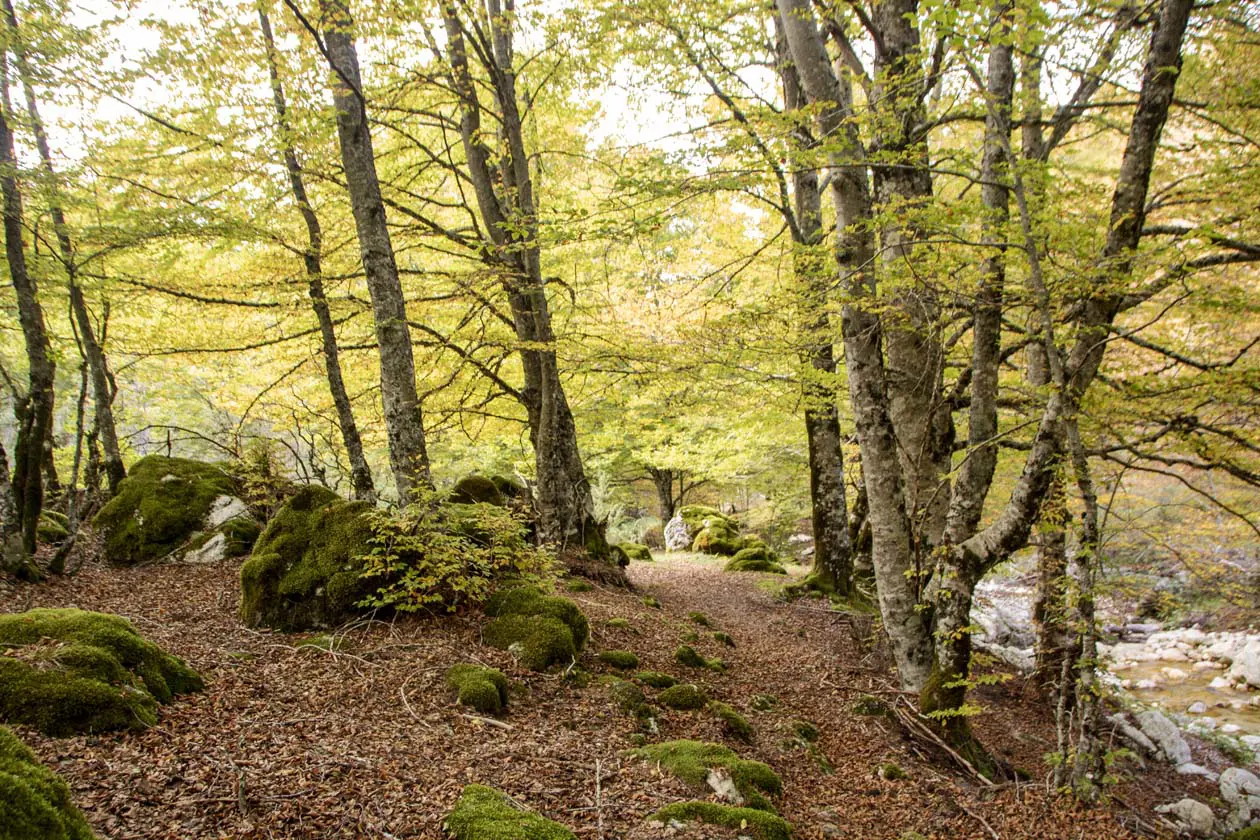
The Abruzzo National Park is characterized by a suggestive alternation of Apennine mountains and wide valleys crossed by the Sangro river and dotted with lakes and ponds. In the boundless expanse of tall trees that shade the territory and give rise to real forests in the area, the majority, about 90%, is made up of beech forests, which are the oldest in Europe, whose oldest specimens are more than 500 years old. The UNESCO serial site thus intends, with this recognition, to represent and highlight a series of beech forests still intact for centuries and never disturbed by human intervention.
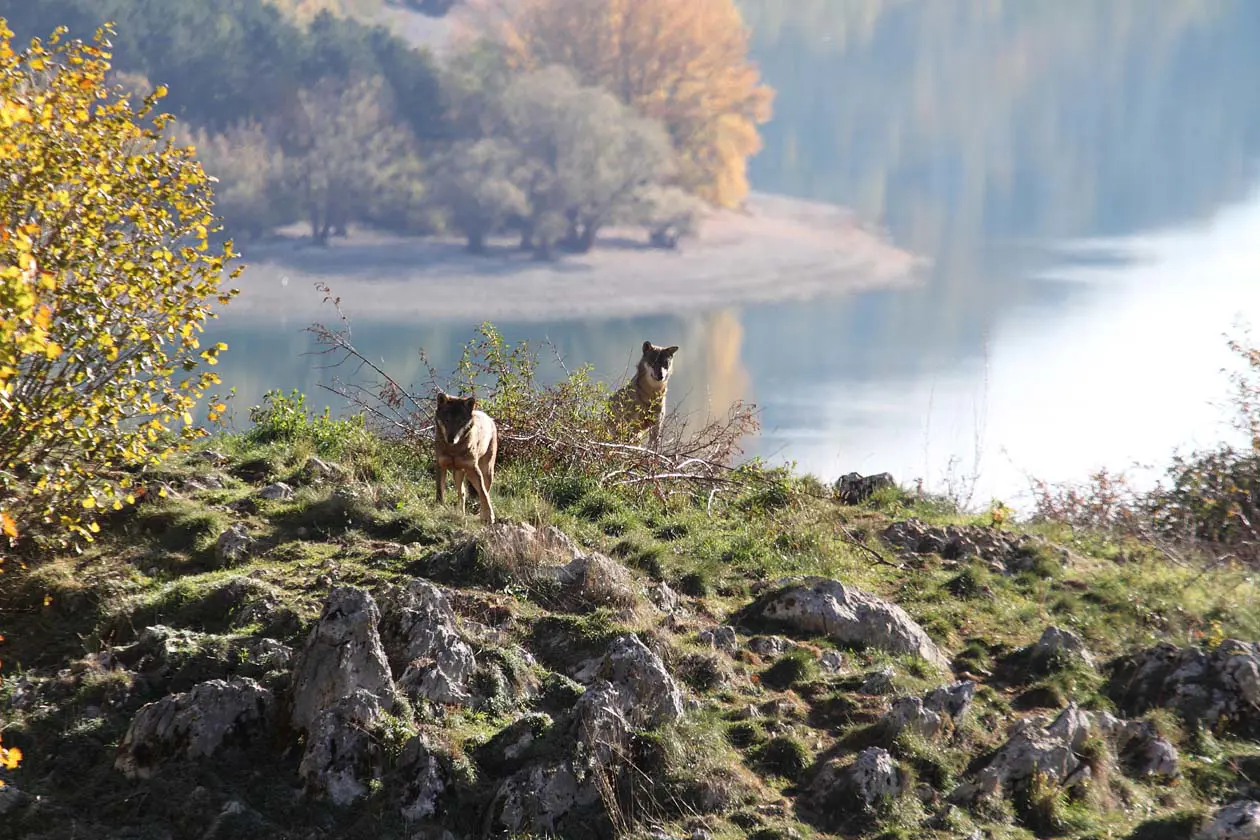
Beech forests also have the merit, due to their climatic adaptability, of thriving and living at any altitude, from the coastal plain to the mountains, as well as having a beneficial impact on the air of the surrounding environment which they are also able to purify from significant carbon dioxide emissions produced by humans and cars.
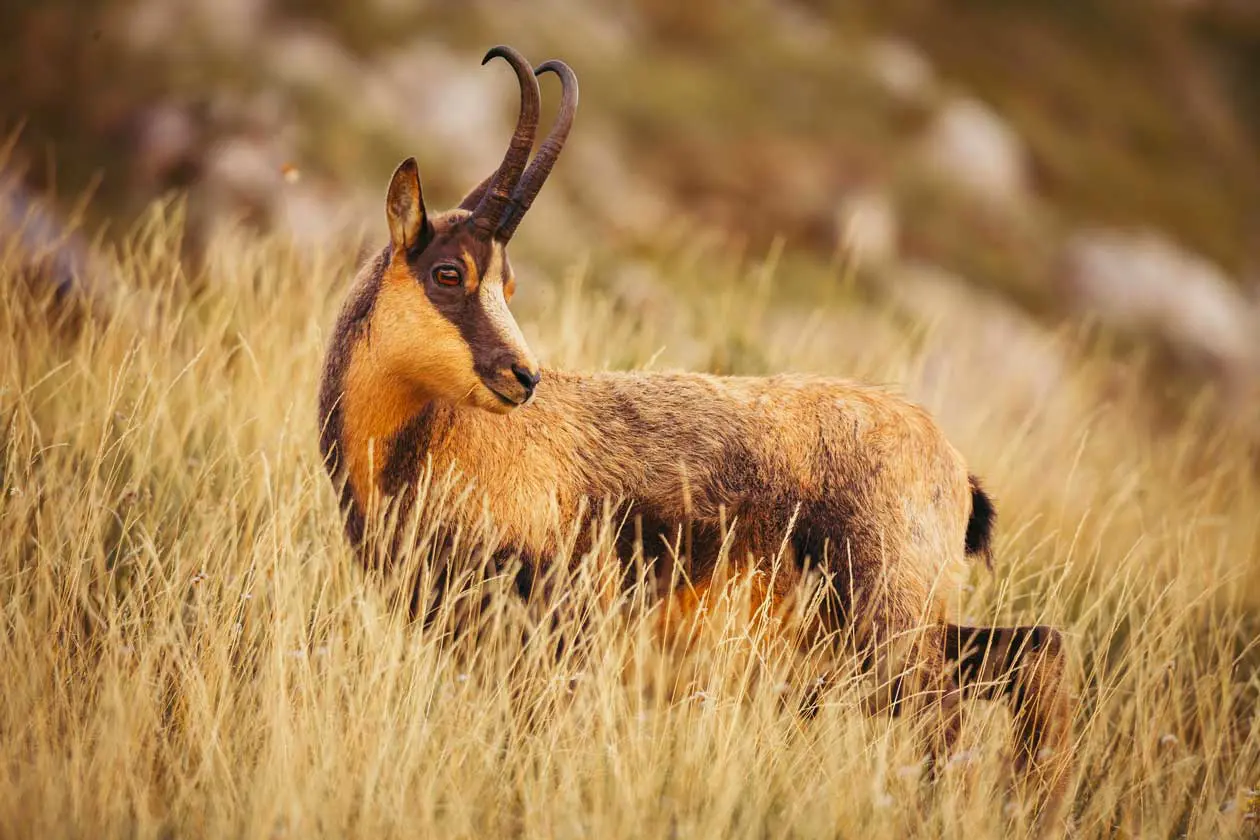
A dry and bare beech tree, very ancient, is placed almost as a sentinel at the entrance to the forest, one of the most important in Europe, which extends along the Val Cervara, a mountain valley that embraces a vast area (between 1600 and 1850 meters above sea level) in the municipality of Villavallelonga, a characteristic stone village in the province of L'Aquila, the beautiful capital of the region with an ancient history full of remarkable monuments.
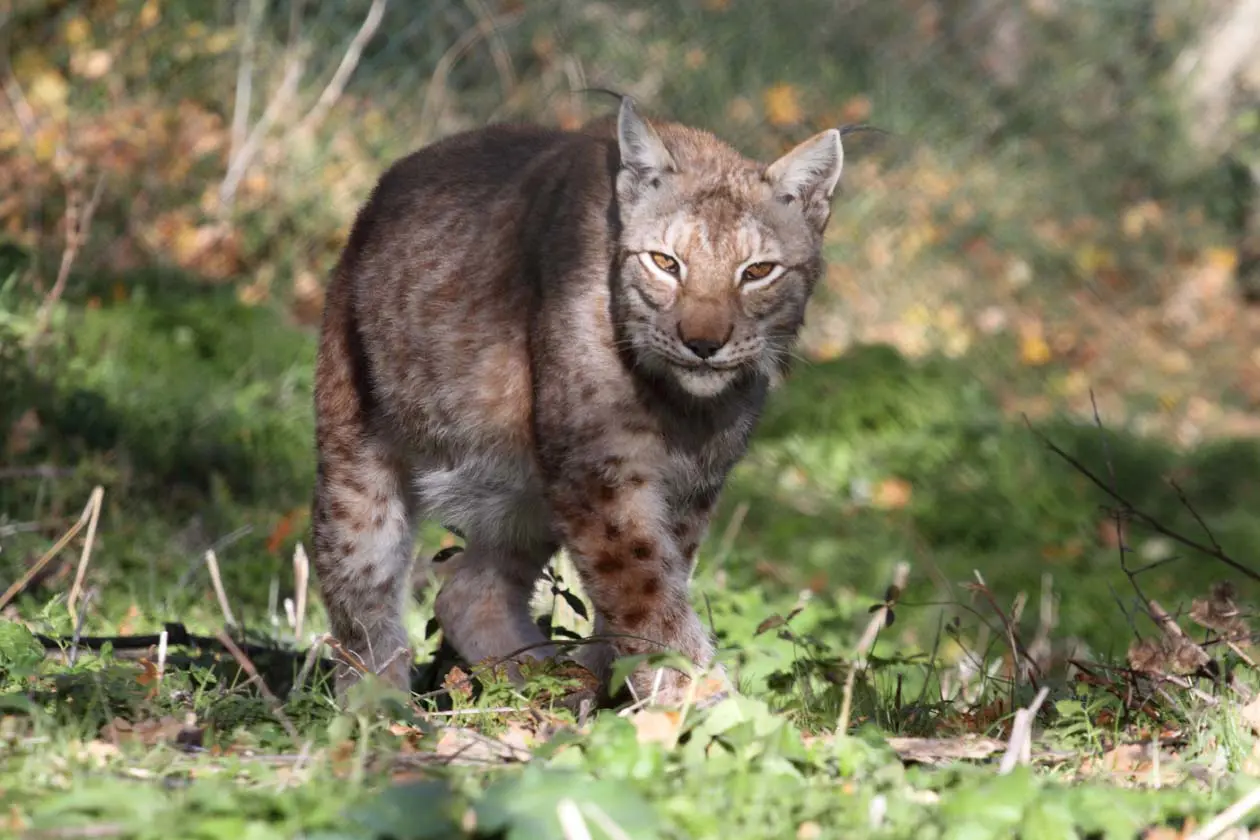
The Abruzzo National Park, one of the most evocative and intact places in Italy, is home to and protects some species of animals such as the Marsican brown bear, the Apennine wolf, the lynx, the otter, the golden eagle, the Apennine chamois, the deer and the roe deer, the latter almost disappeared but reintroduced into the park in the early 70s and which found their habitat and refuge here.
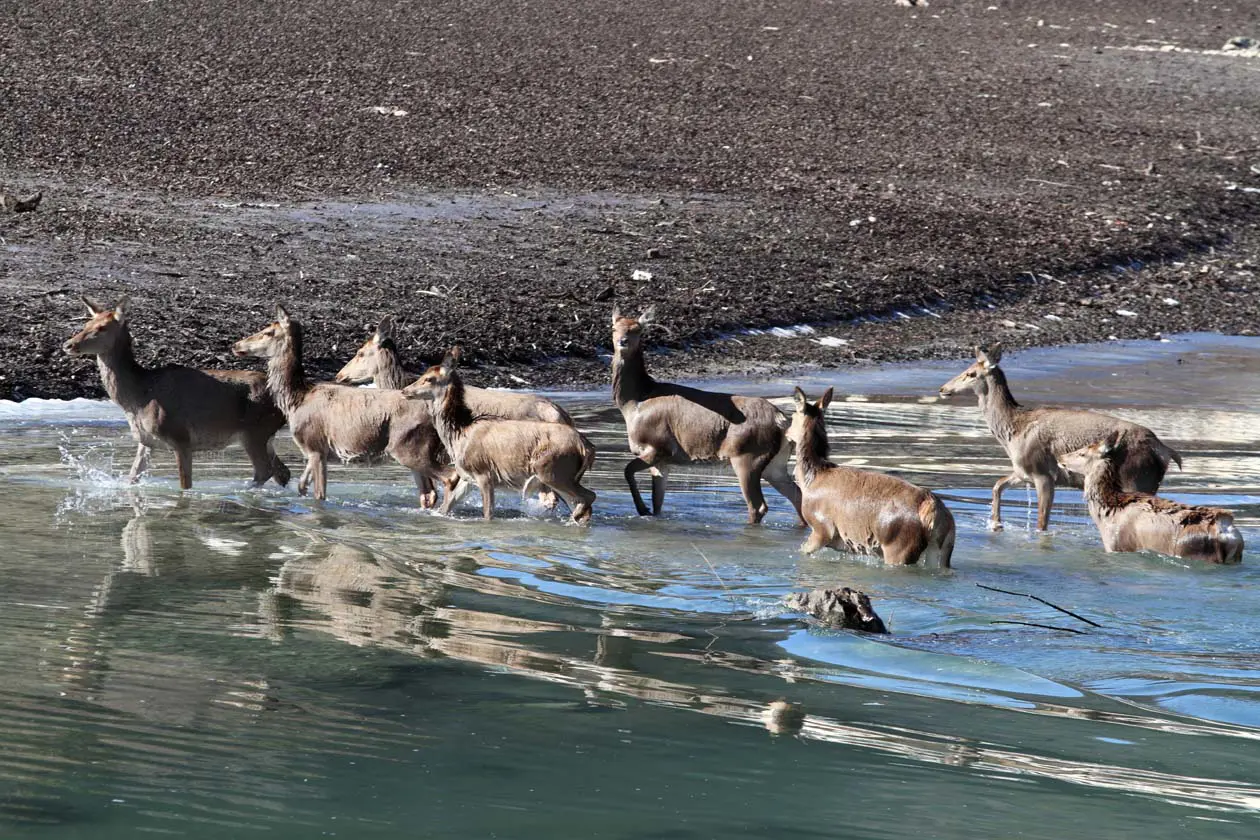
And in this protected area there are many signs left by the ancient native population of the Marsi (an ancient Osco-Umbrian population settled in the Marsica around Lake Fucino in Abruzzo since the first millennium BC), which also recurs in the name of the Marsican bear, and in that of some inland villages.
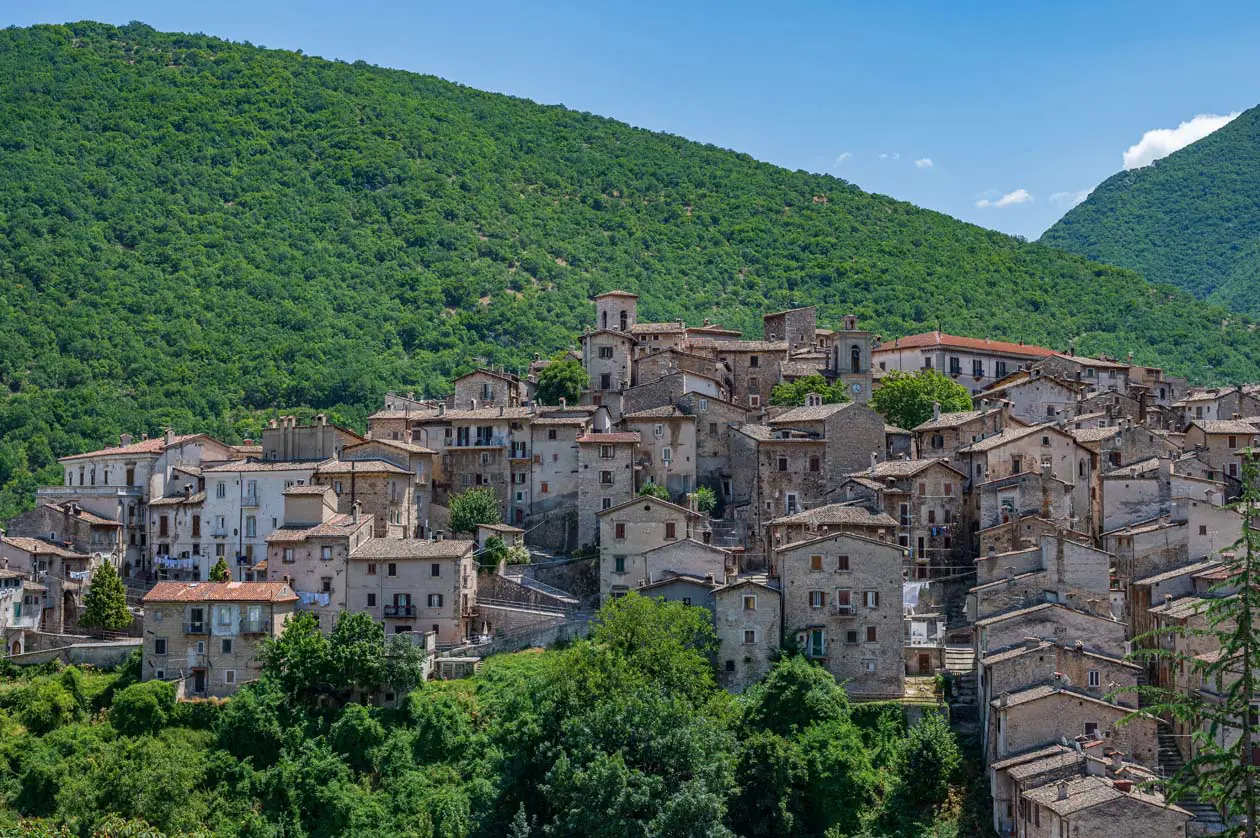
The constant care of nature is also evident in the picturesque towns scattered in the area, because a National Park is nature, but not only, since it is also home to villages and small towns that have preserved the charm of their origins intact: such as Pescasseroli, a lively center that is also home to a literary festival named after its most illustrious citizen, Benedetto Croce, in addition to boasting a rich naturalistic museum, which gives a complete overview of the flora and fauna of the protected area, a wildlife park, an equipped area where it is possible to see the most significant specimens that live in the area, the Apennine Garden with the most representative trees and shrubs of the region. Here there is also the 'Visitor Center', a unique center of its kind, which welcomes wild animals found in difficulty, which need to be cared for, and then release them back into the wild.
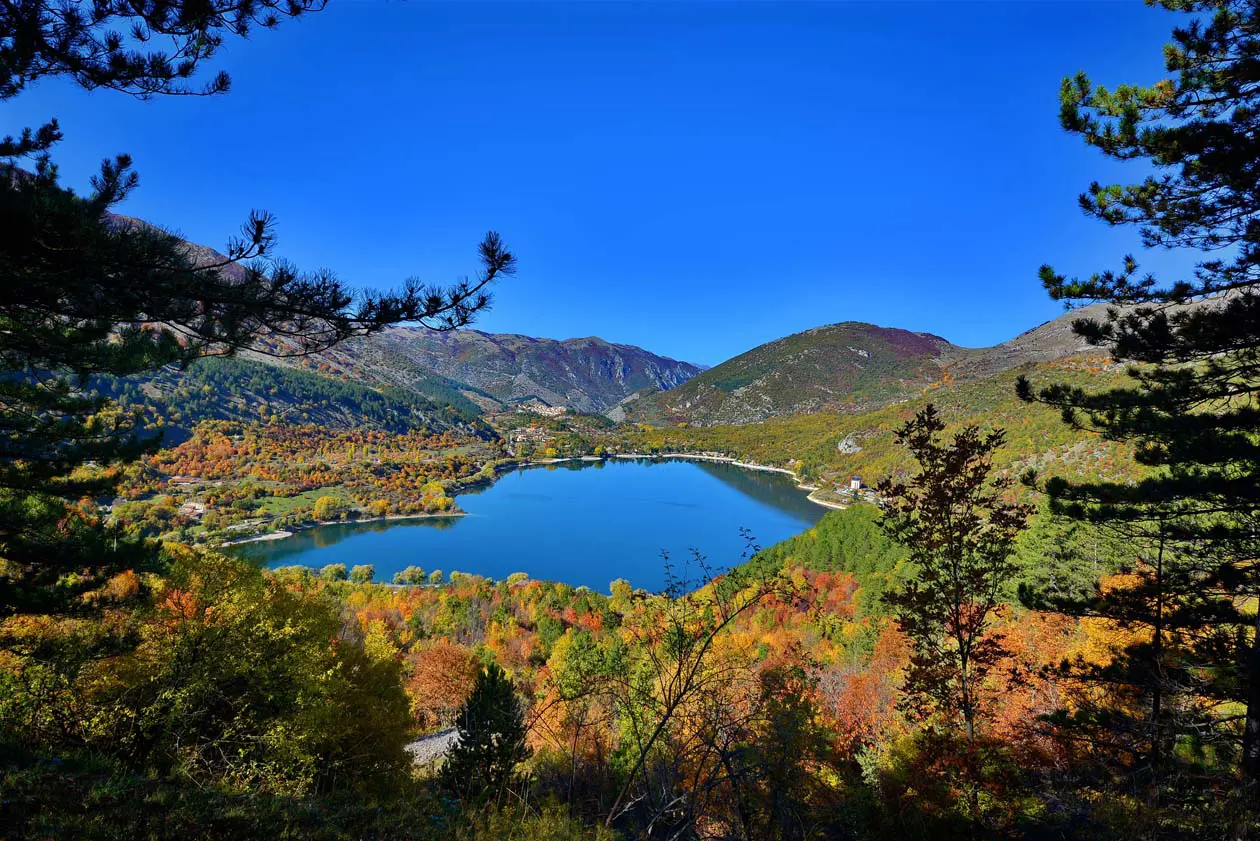
And still to visit Scanno, a picturesque medieval village that has remained intact since its origins, overlooking the heart-shaped Lake Scanno of the same name, and Civitella Alfedena, the smallest of all, with stone houses and narrow alleys to walk through until you reach the pride of the town, the Museum of the Apennine wolf, founded in 1976 to tell the habits of this wild animal symbol of the area with exhibitions, dioramas and installations.
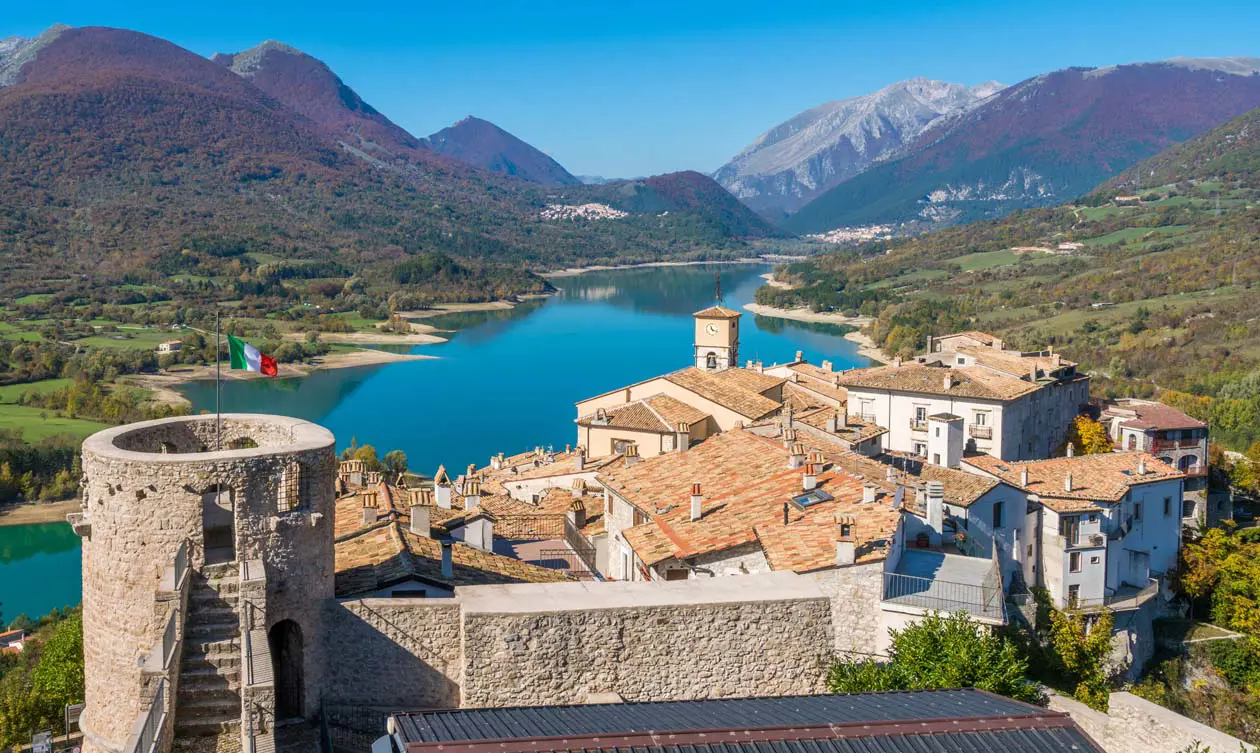
But also the medieval village of Barrea, which overlooks the artificial Lake of Barrea of the same name, populated by rare specimens of birds such as the yellow wagtail and the gray heron, as well as Gioia dei Marsi and Lecce nei Marsi, where, as their names suggest, you can still find the signs of the permanence of this ancient civilization present in the area many centuries ago.
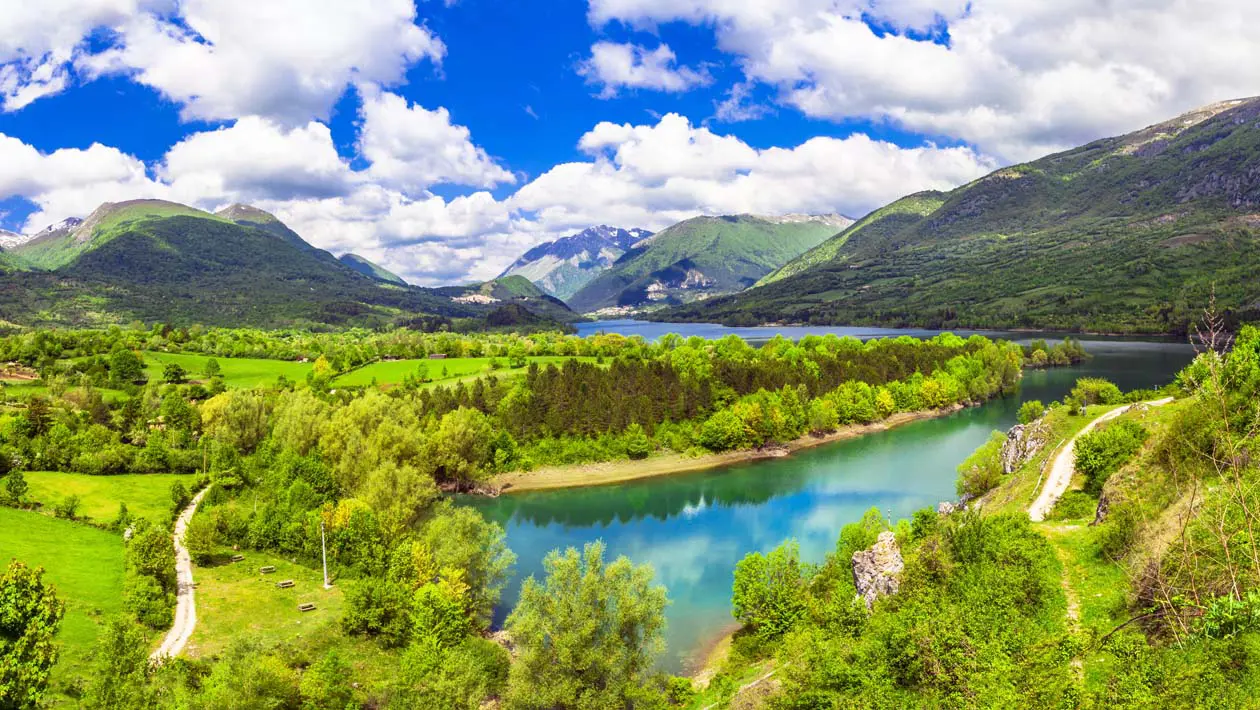
How to get to the Abruzzo National Park by plane: the nearest airport is Pescara airport which is about 75 km from the Park which can be reached by bus or by car.
Abruzzo also includes the Majella National Park as a UNESCO Geopark, for its geological and naturalistic importance. While, as Intangible Heritage The Celestinian Forgiveness, a tradition that dates back to the Middle Ages (1294), when Pope Celestine V granted plenary indulgence in the Basilica of Collemaggio. The celebrations are held from August 16 in L'Aquila and include the "Cammino del perdono" and culminate on August 28 with the Corteo della Bolla, from the historic center to the Basilica of Collemaggio. Also worth mentioning is the Transumanza, with the seasonal migratory movement of livestock, which also affects the territory of Abruzzo.
Text by Anna Glik and Alisè Vitri
All rights reserved. Reproduction is prohibited.
Tourist Board and Unesco
www.www.parcoabruzzo.it - www.unesco.it
Partnership with Booking.com / Travelpayouts
Where to stay near the Abruzzo National Park
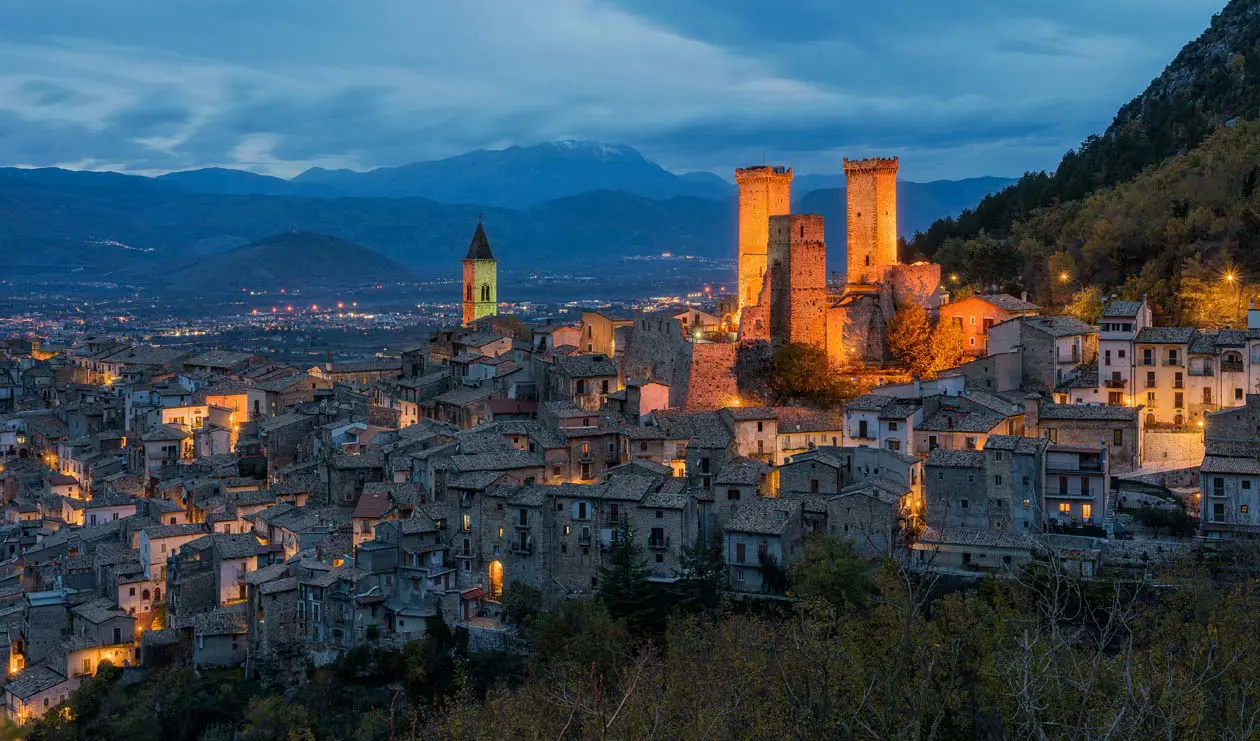
Abruzzo National Park
Hotels in the villages near the Abruzzo National Park:
Hotels in Pescara
Hotels in the city of Pescara divided by stars and services offered:
Hotels near Pescara places of interest:
Hotels in cities in Abruzzo
Hotels in other cities in Abruzzo:
Hotels in cities in Abruzzo
Hotels in other cities in Abruzzo:
Hotels in Abruzzo
WHERE TO GO IN ABRUZZO
Partnership with GetYourGuide
Tours and excursions in Abruzzo
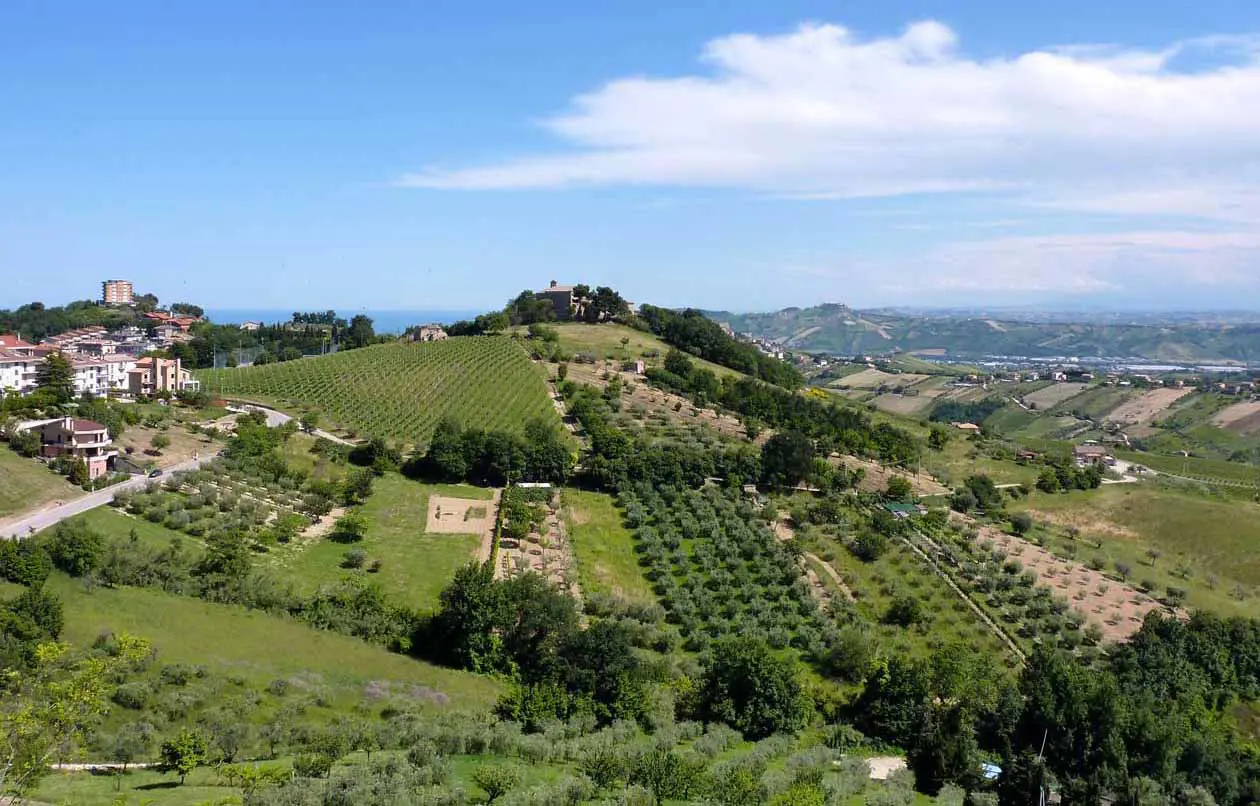
IN THE CELLAR AMONG THE VINEYARDS OF ABRUZZO
With an expert guide on a tour of a winery in Abruzzo with wine, oil and food tastings. During the tour you will admire an overview of vineyards and olive groves up to the winery to discover the winemaking methods with the largest barrel in Europe. Tasting: traditional Abruzzo wines, aperitif with bruschetta and oil, local cold cuts and cheeses. Tour and wine tasting in a historic winery in Abruzzo.
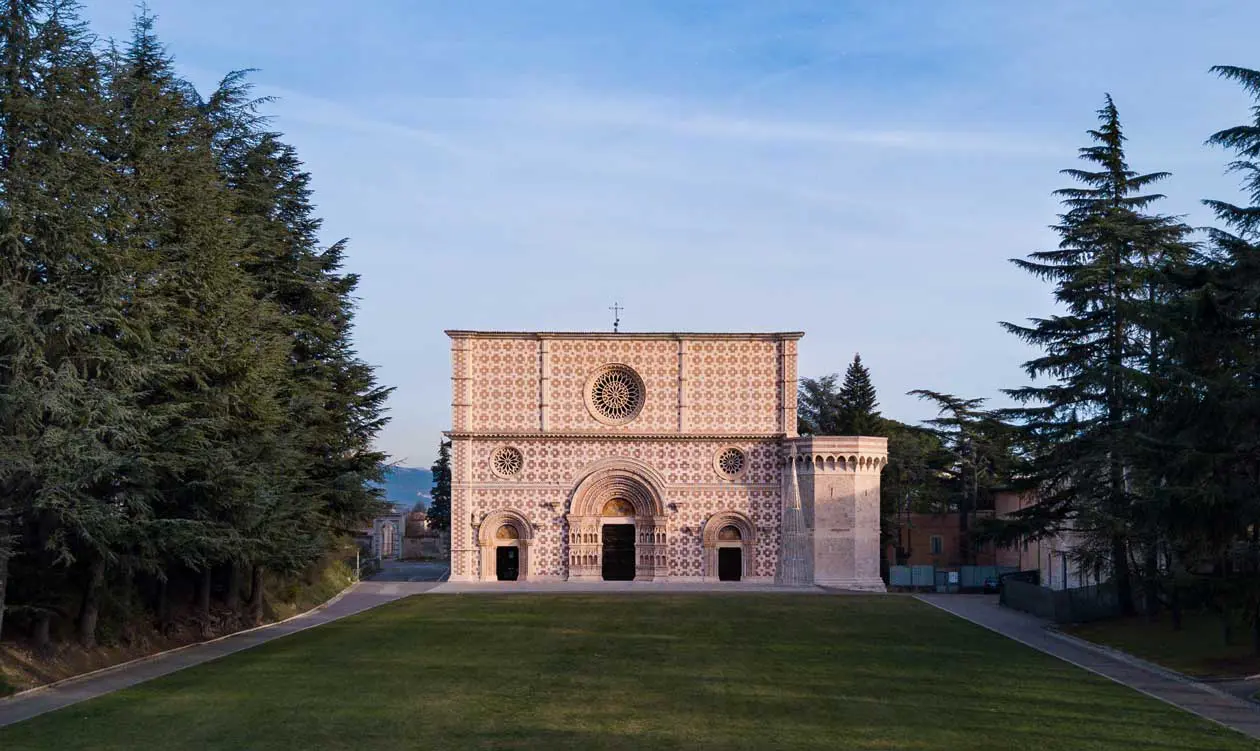
L'AQUILA
3-hour guided walking tour of the historic center of L'Aquila to admire the medieval houses, the Baroque and Renaissance architecture in the ancient village, the mysterious foundations of the city, between history and legend, the Knights Templar and characters such as Frederick II and Pope Celestine V. It starts from the Romanesque Basilica of Santa Maria di Collemaggio to the Spanish Fort after visiting the Baroque Basilica of San Bernardino. From the Fort, you then walk to Piazza Palazzo to conclude with a tasting in the oldest café in the city. Tour The Eagle of the Mysteries.
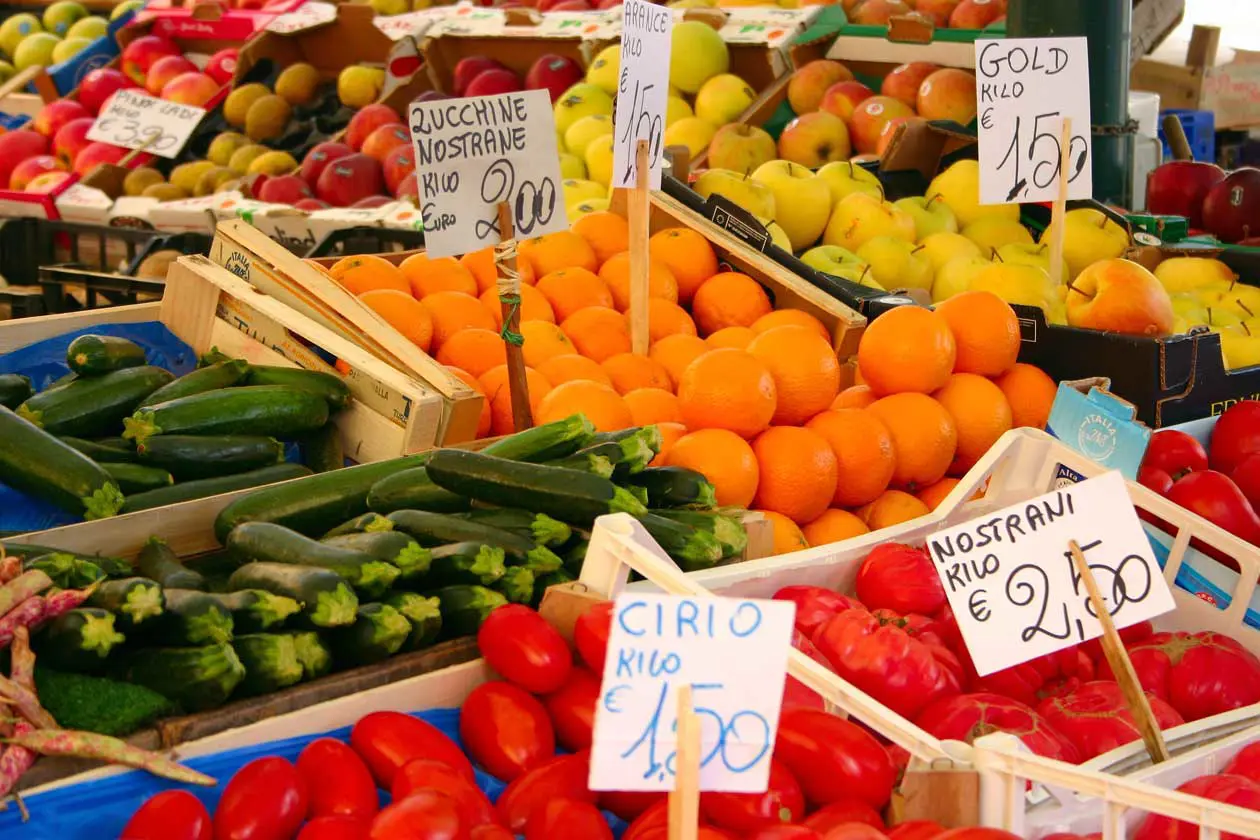
IN PESCARA MARKET TOUR WITH A LOCAL CHEF
In Pescara, a market tour with a homemade dinner by a local chef. Discover the market, shop and get to know the best products. Demonstration of Italian cuisine by a local chef who reveals the secrets of his family's cookbook. Freshly prepared meal. 4-course seasonal menu: starter, pasta, main course with side dish and dessert. Red and white wines from Abruzzo wineries and coffee. Market tour and meal with a local cook in Pescara.
All tours & excursions
News & Useful info
You might be interested in
Destinations found in the vicinity
Other destinations
Airports nearby World Heritage Sites in Abruzzo



